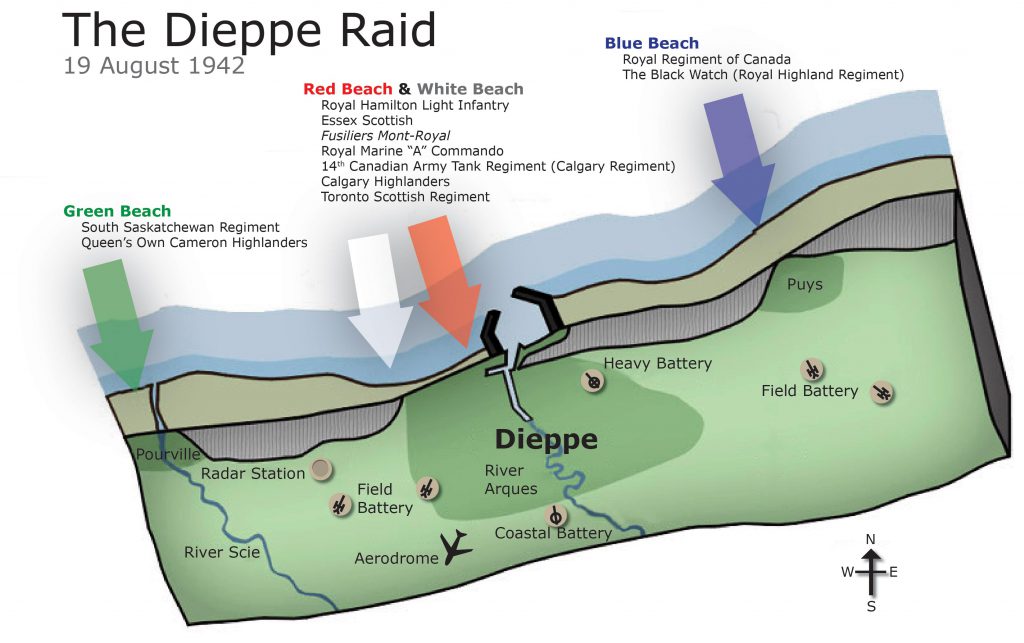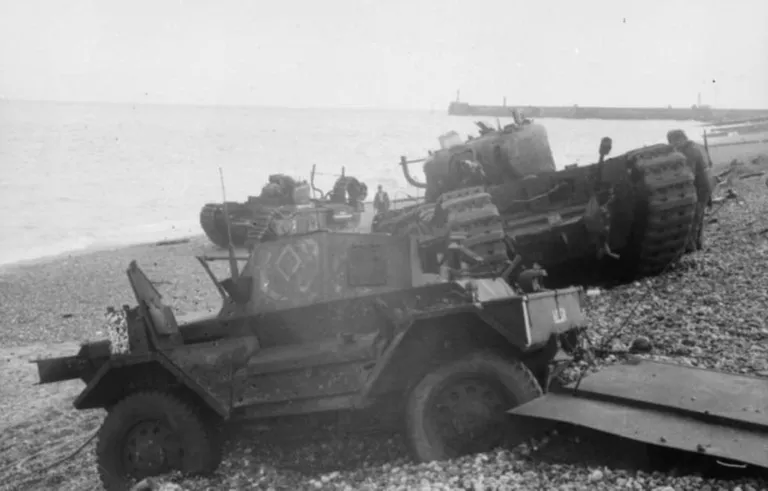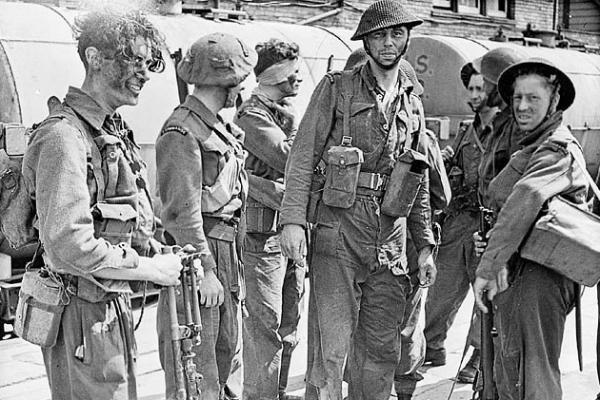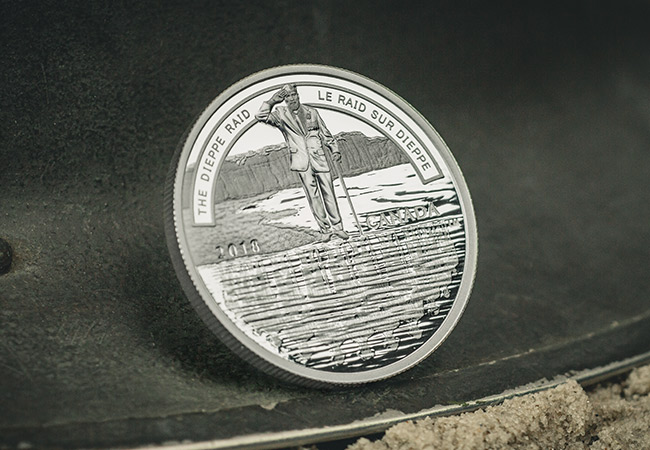Before Utah, Omaha, Gold, Juno, and Sword there was Dieppe
Now home to around 30,500,the picturesque port of Dieppe on the Normandy coast of France was once the site of what’s perhaps the most conflicting military operation of WWII.
Some hail it as an essential lesson, to help future troops and pave the way for victory on D-Day. Whilst others see it as the most ill-fated and disastrous military effort of The War.
A test of Hitler’s “Fortress Europe”
The year is 1942, and on the morning of 19th August, alongside 1,000 British troops and 50 American Rangers, 5,000 Canadian troops began their assault on the small French port town of Dieppe. This was Canada’s first army offensive in Europe, and the results left many thinking it could well be their last.
Ultimately, the raid was strategically designed to test the Allies’ ability to launch amphibious assaults against Adolf Hitler’s “Fortress Europe”. This would inform future plans to bring about an end to the conflict.

(Image courtesy of The Canadian Encyclopaedia: https://www.thecanadianencyclopedia.ca/en/article/dieppe-raid )
The co-ordinated air, land and sea assault was codenamed Operation Jubilee. Allied forces landed on the shores of Dieppe with the intention of occupying the town for a brief period of time in which they would gain intelligence and entice the Luftwaffe – German Air Force – in to open battle to wear them down.
But from the beginning, nothing went as planned. Less than six hours in the commanders called a retreat.
High costs
The troops arriving via the sea unexpectedly encountered a German fleet, and the ensuing battle at sea robbed the Allies of their element of surprise. This was what they were hoping would give them the upper hand. Out of the four beaches targeted, none of the attacks were classed as successful, resulting in severe loss of life and assets. With the element of surprise lost, the Allies and their armoured support were late to arrive at their designated attack points meaning many were slaughtered with little preparation to defend themselves.

(Image courtesy of ThoughtCo. https://www.thoughtco.com/world-war-ii-dieppe-raid-2361490)
The Calgary Tanks that did make it ashore were poorly equipped for the terrain and struggled to move across the pebbled beaches. Those that did make it across the beach were unable to destroy the enemy’s concrete barriers blocking their path, their guns were not strong enough. Eventually these tanks provided covering fire for the force’s evacuation.
German casualties were light. In comparison the Allies suffered, especially the Canadians: over 900 were killed, 2,400 wounded and a further 1,900 taken prisoner. Fewer than half the Canadians who departed for Dieppe returned.

(Image courtesy of France24: https://www.france24.com/en/20170819-france-canada-world-war-two-doomed-dieppe-raid)
Lessons learned
Allied commanders knew the raid was risky. But none imagined it would be such a terrible failure, with so much loss of life. It was believed the element of surprise would be their greatest weapon, allowing landing troops to overcome German defenders and occupy the town. But little thought was given to the importance of air superiority and the need for overwhelming firepower.
Despite its failure, the raid was a pivotal moment in WWII and provided invaluable lessons for the Allies. It made clear the difficulties of assaulting a well-defended port and the need for better intelligence on conditions and communication amongst the troops – they could not rely solely on the element of surprise.
Two years later, the D-Day landings would be backed up by massive naval artillery support, dominance over the skies, and heavy firepower — three essential factors missing at Dieppe. Finally, following D-Day success, on 1st September 1944, Dieppe was liberated.
If you’re interested…
The Royal Canadian Mint issued a 1oz Silver Proof coin to commemorate the 75th anniversary of the Dieppe raid. It’s been specially designed as a powerful tribute to the brave soldiers who sacrificed their lives.
Unsurprisingly this coin is completely sold out at the mint. But we have a limited number available for UK collectors.

